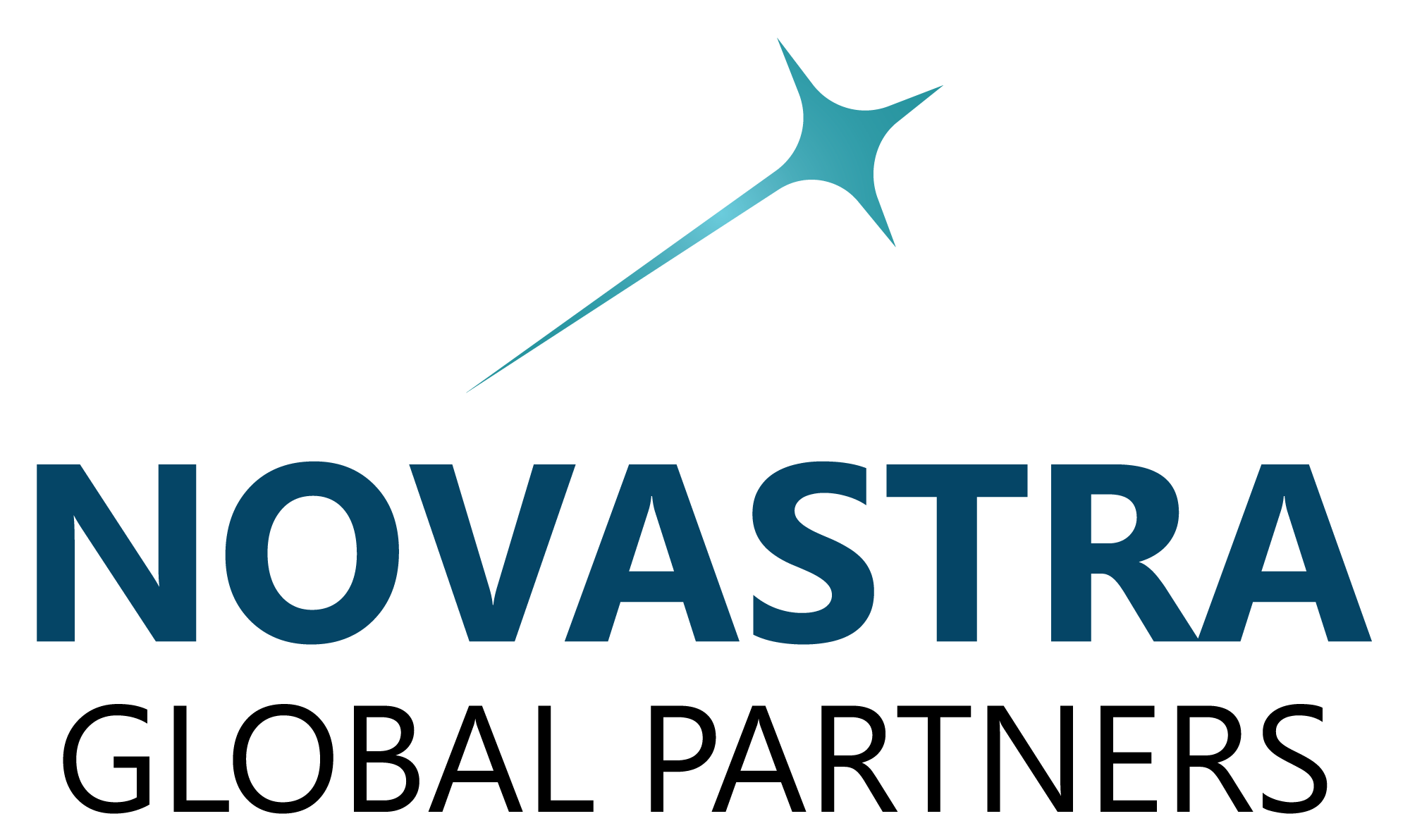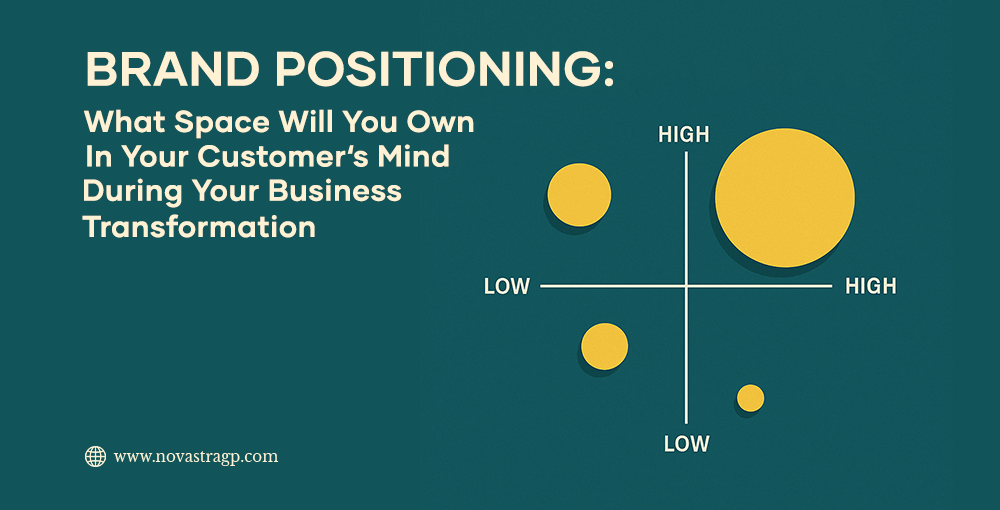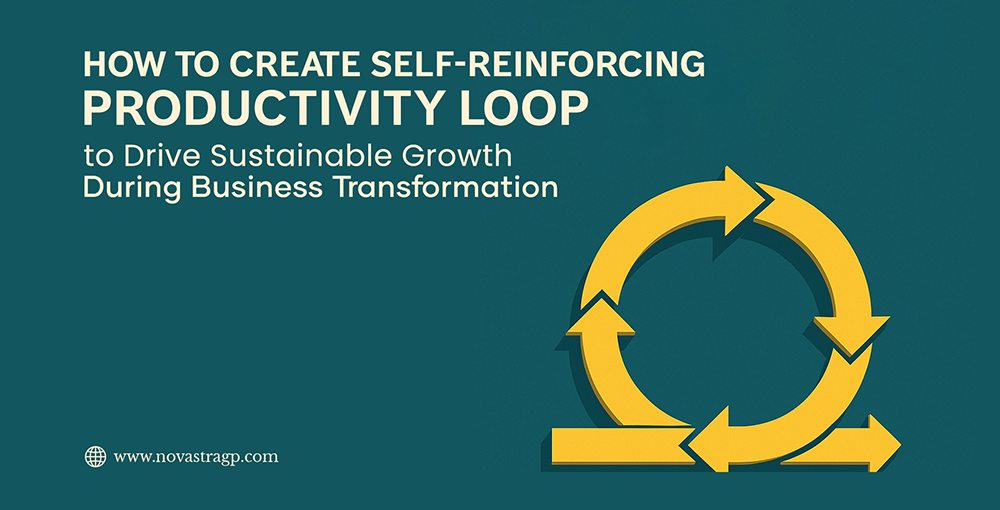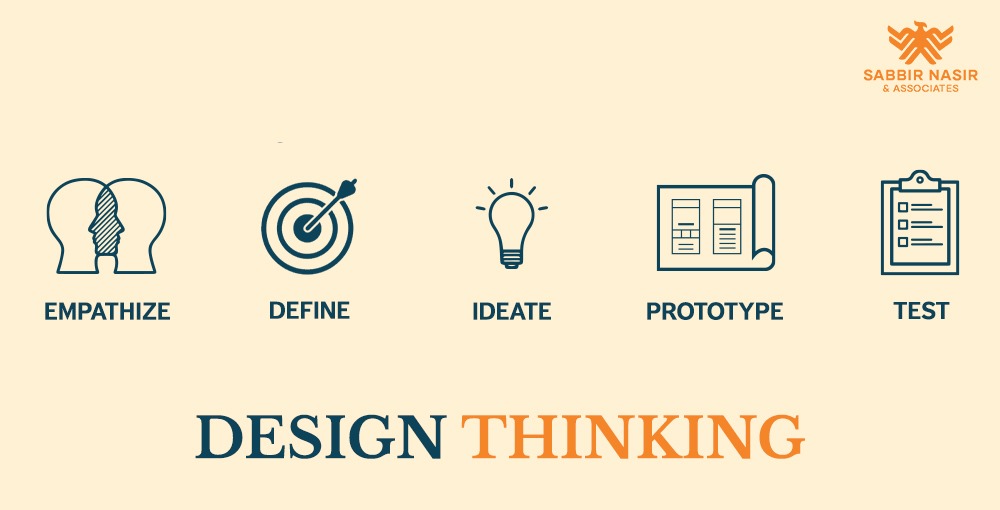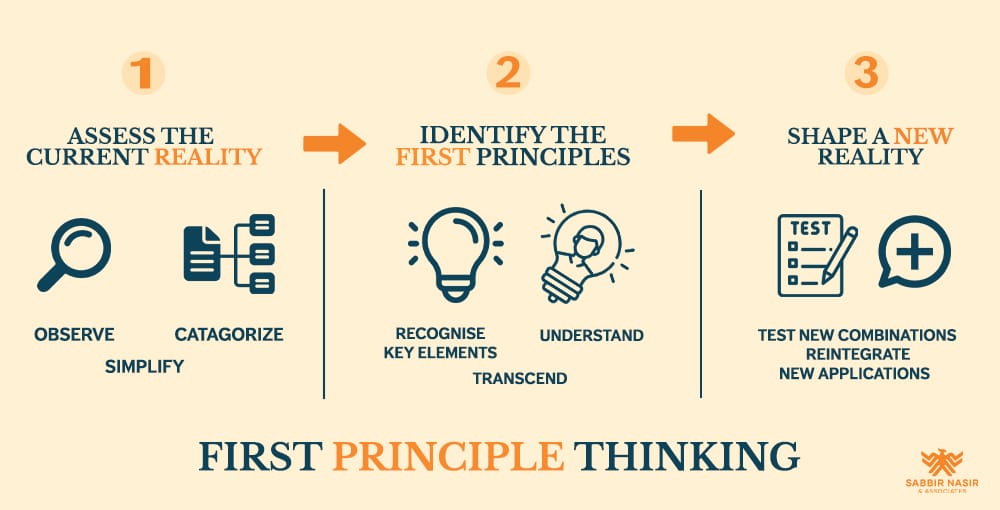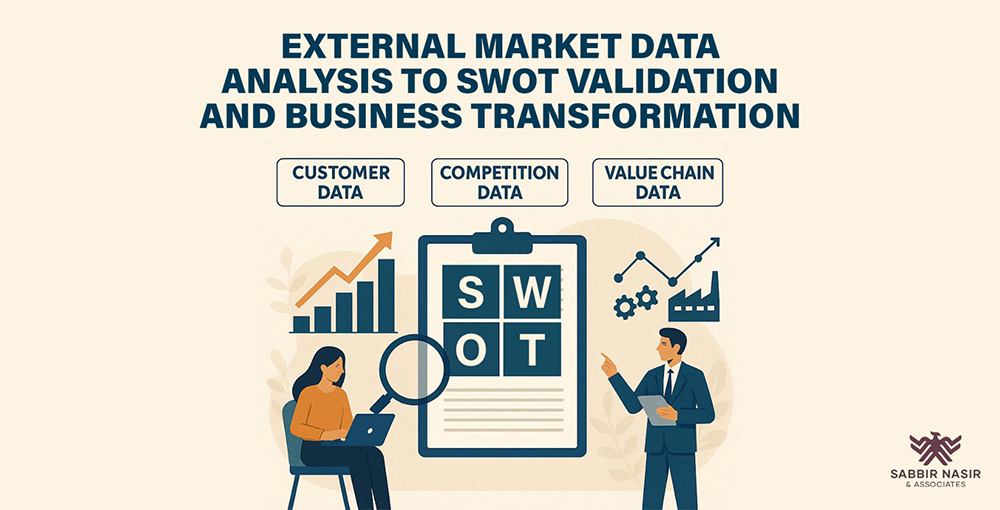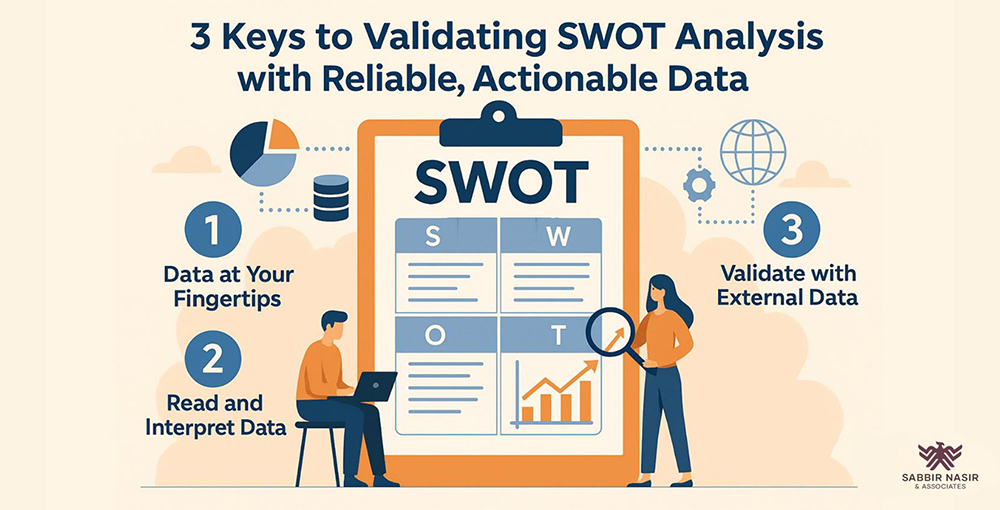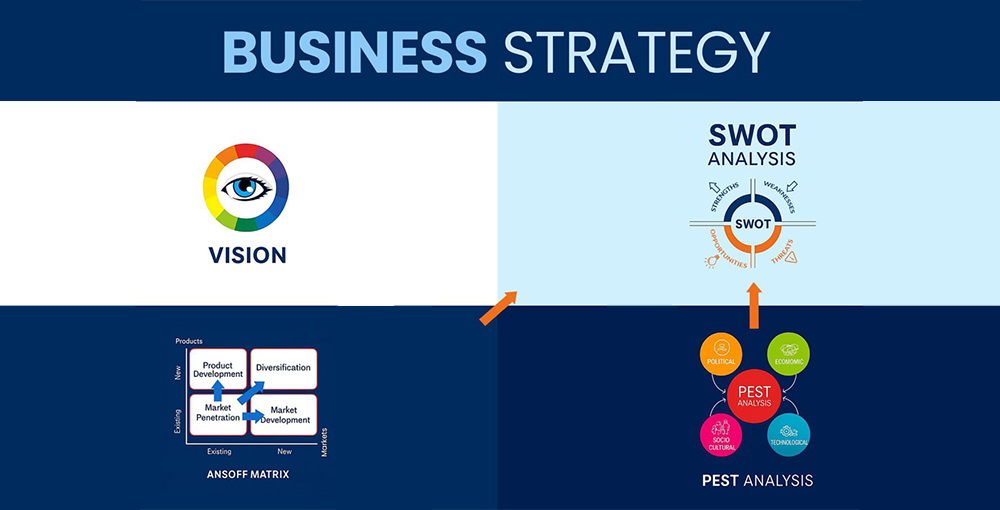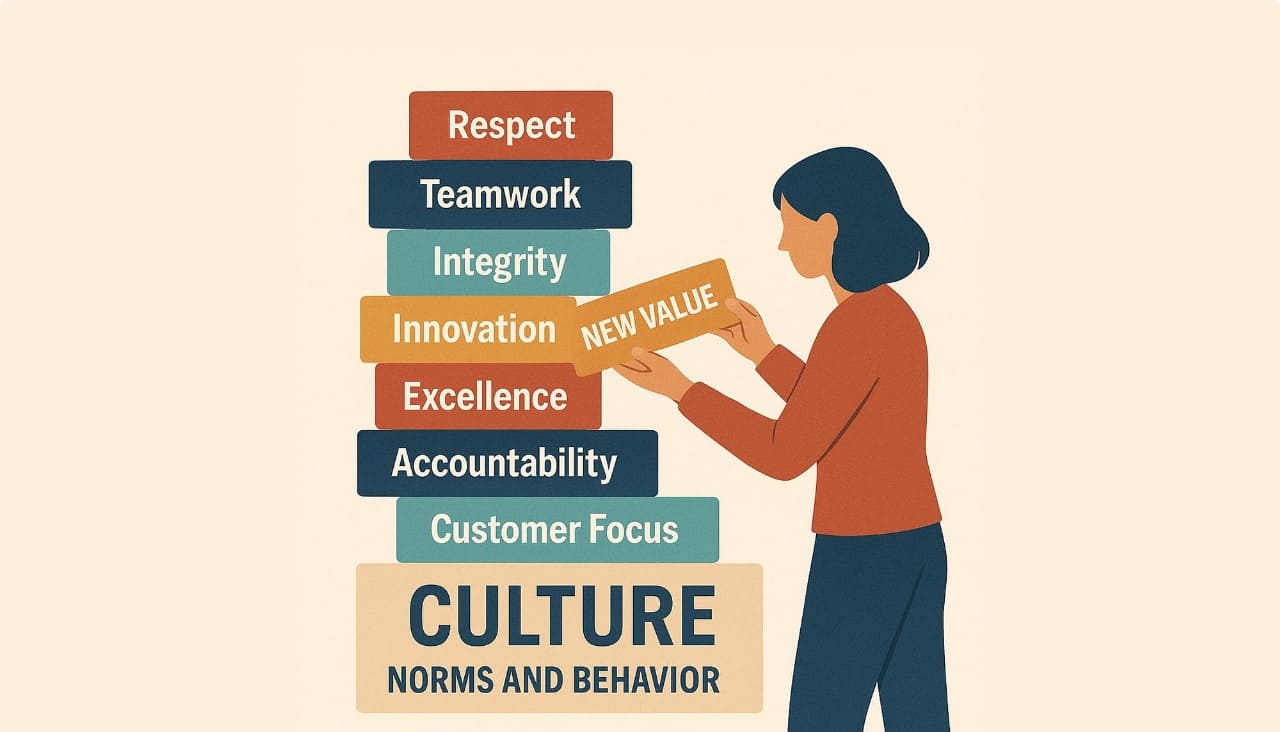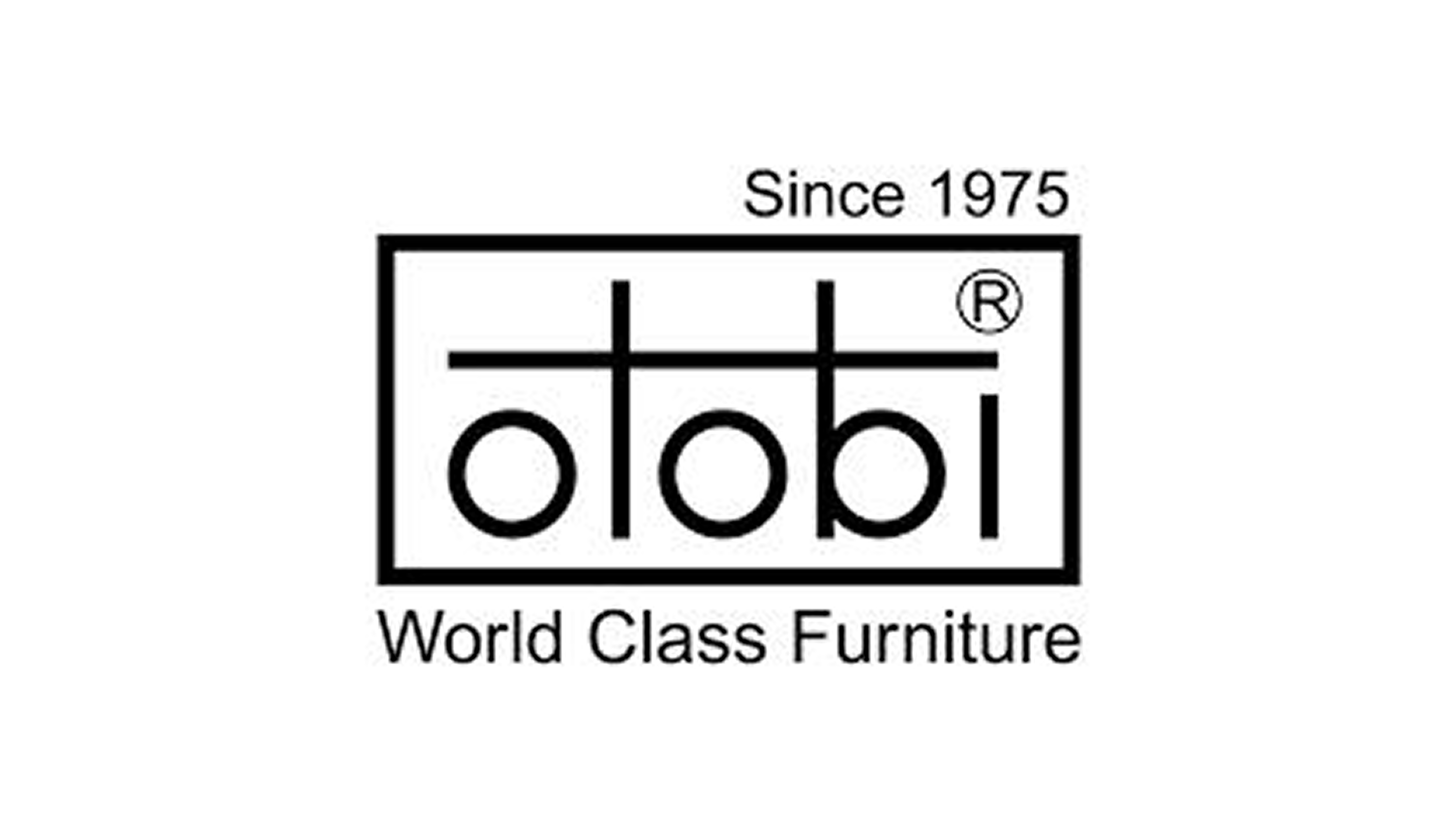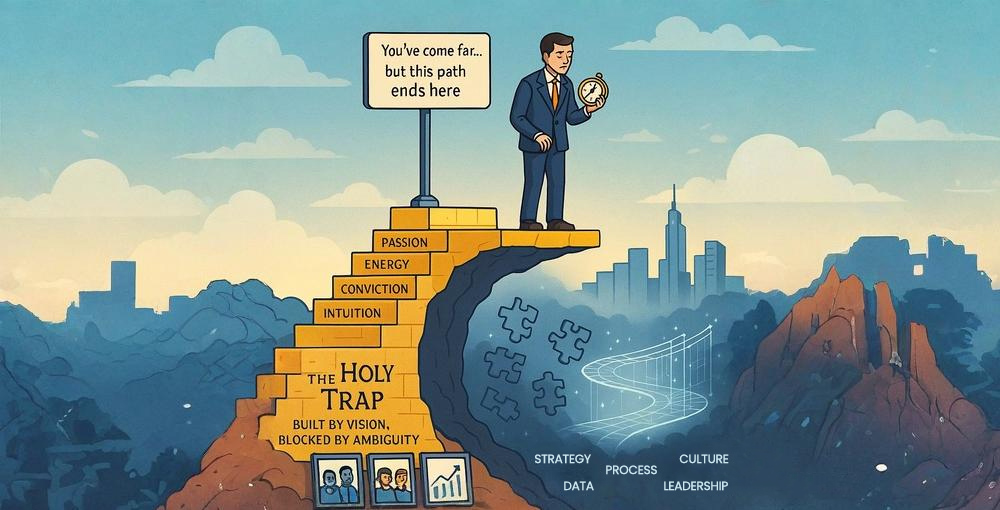Rethinking the Value Proposition to Support Business Transformation
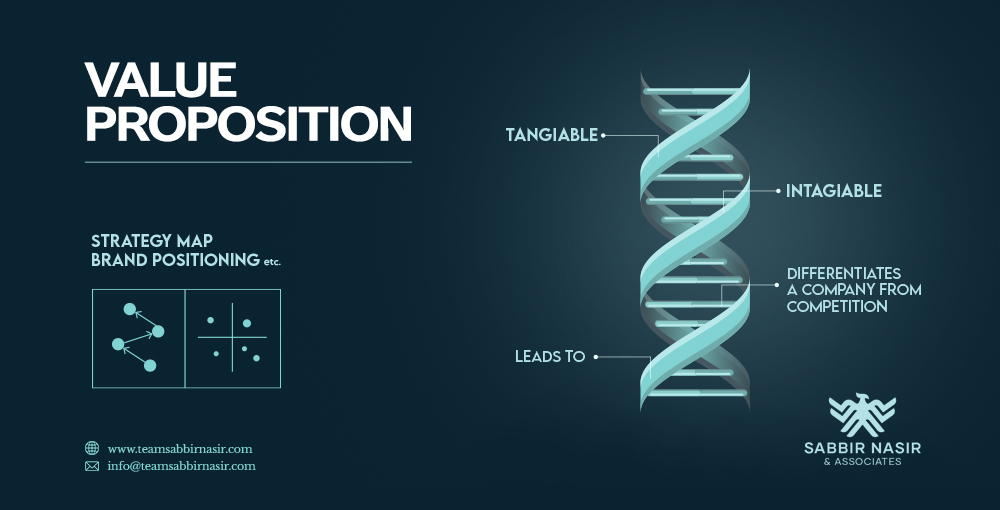
Summary: The value proposition forms the foundation for everything your company does and how the company is perceived in the marketplace. However, many companies have a value proposition that doesn’t reflect what customers want and need. In this article, we discuss a deeper definition of the value proposition and how we designed new value propositions for two companies to capture both tangible and intangible benefits.
The impact of a company’s value proposition extends far beyond a simple statement on a website or in a sales proposal.
Your value proposition informs brand positioning, investment decisions, and financial planning. It shapes your strategy map and productivity loop, as well as customer perceptions.
For companies seeking to achieve sustainable, long-term growth through business transformation, the value proposition forms the very DNA structure upon which the company operates and scales.
This is why the dictionary definition doesn’t capture the full meaning and importance of a value proposition.
What Is the True Definition of a Value Proposition?
In a business context, a value proposition is defined as a clear, concise statement that conveys the unique benefits and tangible outcomes a customer will receive from a product or service, and why they should choose you over competitors.
By addressing customer needs, problems, and pain points, a value proposition is both a differentiator and a promise, making it a cornerstone of branding and marketing.
I disagree with this definition.
A value proposition does not have to be a concise statement.
While I do agree that clarity is essential to establishing differentiation, a value proposition may have layers and details that cannot be fully captured in a concise statement.
When we craft a value proposition through the Sabbir Nasir Transformation Framework (SNTF), we sometimes use bullet points. We might use infographics. Some people will speak or write down their thoughts.
We then use these communication tools to clarify and define the value proposition with full context, often in narrative form.
A value proposition can be based on both tangible and intangible benefits to the customer.
Customers can’t always articulate what they value about a brand or company. They might not fully understand why they love a brand. They just do.
While there are certain facts and tangible benefits, there are also emotional, intangible reasons why a person will make a purchase or reward a brand with their loyalty.
Of course, the intangible and the tangible do not exist in isolation. They’re connected, and the tangible often gives rise to the intangible.
But the intangible itself – how people feel about your brand on a deeper level – can be a source of value and an important point of differentiation.
Keep in mind that the value proposition must reflect the customer’s feelings about your brand. That’s the difference between self-image – how you perceive your company’s value – and reflection – the mirror effect of how the customer feels about your brand.
When designing the value proposition, you need to understand how customers think differently about you compared to competitors.
Closing the Disconnect Between Brand and Customer Perceptions of Value
During the transformation of Otobi into the largest furniture manufacturer and retailer in Bangladesh, we realized that the core pillars of their value proposition were too generic, focusing on “quality, affordable furniture delivered on time.”
The quality and durability of the furniture were indeed valuable. Otobi used better machinery, better automation, and better quality assurance across the value chain. Customers did not always trust competitors because products might easily break, and finishing and edging were easily damaged.
Furniture quality and affordability were important, but that was not enough.
When I designed the value proposition for Otobi, I started by asking:
How do we relieve customer pain? How do we go beyond the expected benefits to surprise and delight customers?
I learned that customers wanted space problems solved. They believed space was more than just space. Each space was full of emotions and feelings. More than function and practicality, customers wanted to be inspired by the space in their home and workplace.
Rather than simply taking measurements to see if furniture fits the dimensions of a room, customers wanted to shop in a store where they could use light, color, and shadows to find the right space solution.
At Otobi stores, furniture shopping became an inspirational experience, with an element of surprise when the experience surpassed customer expectations. This created a deeper level of trust and confidence with customers.
While quality and durability remained important, we designed Otobi’s value proposition as their ability to provide trustworthy, real-world space solutions for homes and offices that inspire and delight the customer – all within their budget.
Trustworthiness was an intangible benefit but a key differentiator for Otobi, while quality and affordability were more tangible but secondary benefits.
Combining Practicality and Soul to Define Value
As we transformed Shwapno into the largest grocery retailer in Bangladesh, we learned that the existing value proposition was not hitting the mark. The brand focused on providing great value for the money and the convenience of having everything close to home.
This version didn’t fully capture how people felt about Shwapno, and the message was somewhat disjointed.
We designed the Shwapno value proposition to seamlessly weave together the key differentiators into a cohesive message – Shwapno offers a woman-friendly, respectful shopping experience near your home that allows customers to nourish their families at reasonable prices.
The value proposition shows that Shwapno understands customer pain points, providing a window into the soul of the brand. It captures both the tangible, practical benefits and the intangible, emotional benefits that give customers peace of mind.
Keeping the Value Proposition Relevant and Strong
There are elements of a value proposition that remain true for decades. However, the world is changing fast. I recommend revisiting your value proposition at least every year to make sure the benefits and differentiators still align with the needs of the customer.
Evaluate your value proposition against a wide range of influences, including:
· Evolving customer needs, behaviors, and preferences.
· Political, social, cultural, and economic changes.
· Changing competitor activities and initiative.
· Technological advances and capabilities.
Organizations must continue to invest in the resources that make their value proposition possible, from human capital and physical assets to data and experiential design. The value proposition will evolve as your company and customers evolve, and it should always serve as the foundation for all activities and communication.
Consistent messaging about value will ensure that your team and your customers truly understand the vision, mission, and spirit of your organization – during your business transformation journey and beyond.
